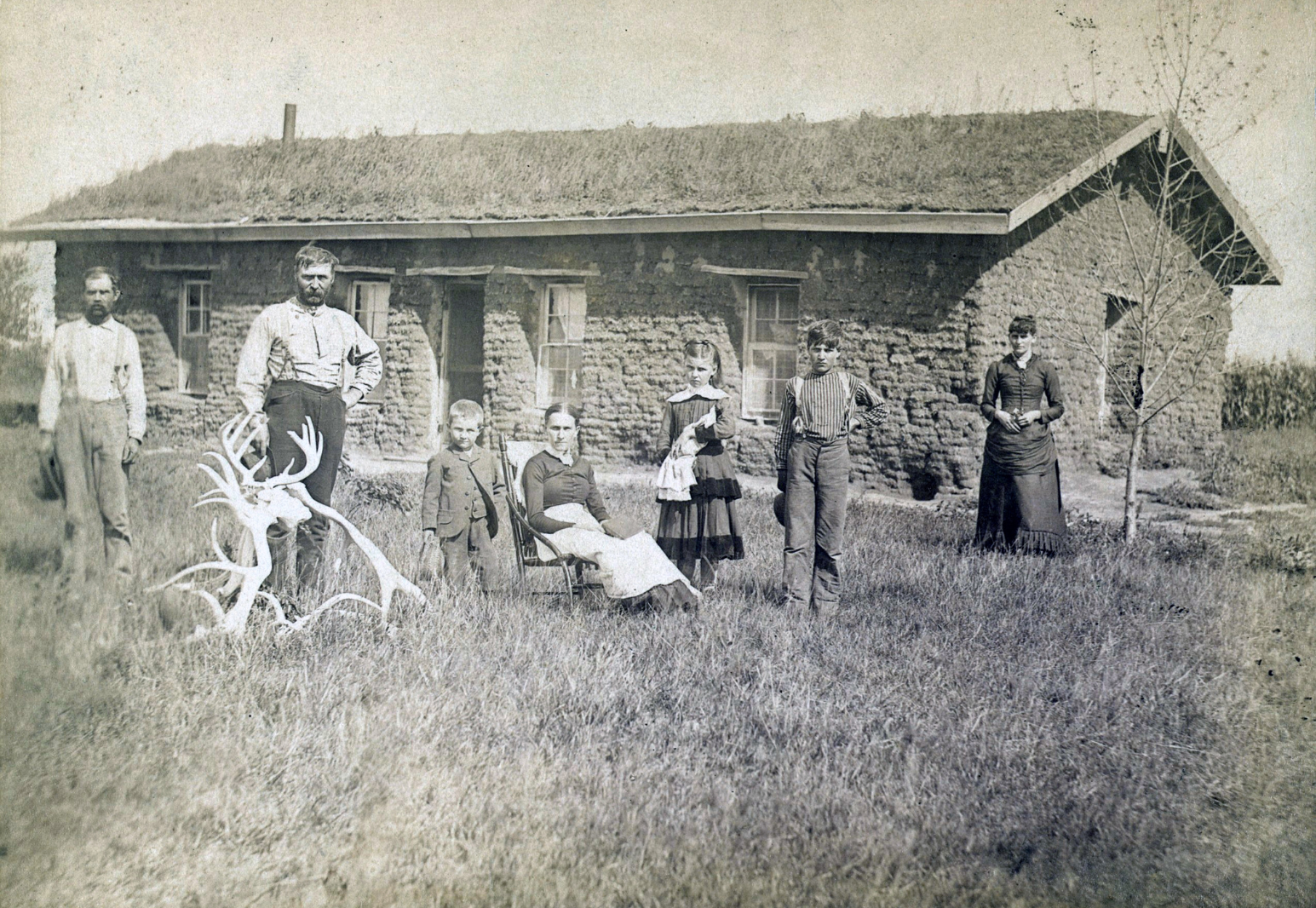Forging Frontier Fortunes: How North Dakota Settlers Secured Mineral Rights in the Wild West

Early North Dakota settlers staked their claims primarily through the process outlined in the Homestead Act of 1862. This federal law allowed any U.S. citizen or intended citizen to claim up to 160 acres of public land, provided they met certain requirements and improved the land over a specified period. Here’s how early settlers staked their claims:
- Identification of Land: Settlers would first identify a piece of land they wished to claim. They would often explore the region, assess the quality of the soil, access to water, and other factors that could affect the suitability for farming or settlement.
- Filing a Claim: Once a suitable piece of land was identified, settlers would go to the nearest land office operated by the federal government. There, they would file a claim for the desired parcel of land under the provisions of the Homestead Act.
- Fulfilling Requirements: To receive full ownership of the land, settlers had to fulfill certain requirements within a specified period, typically five years. These requirements included living on the land, building a dwelling, and making improvements such as clearing fields, constructing fences, and cultivating crops.
- Improvement of the Land: Settlers were required to demonstrate that they were actively improving the land. This could involve farming, building infrastructure, or making other improvements that increased the land’s agricultural or economic value.
- Final Proof: After fulfilling the requirements of the Homestead Act, settlers would submit a final proof to the land office, providing evidence that they had met the conditions for ownership. This proof could include affidavits, witness testimony, and documentation of improvements made to the land.
- Issuance of Patent: Upon successful completion of the requirements, settlers would receive a land patent from the federal government, granting them full ownership of the land (surface and subsurface). This patent served as legal documentation of their claim and entitled them to use the land as they saw fit.
- Challenges and Obstacles: Staking a claim and fulfilling the requirements of the Homestead Act was not without its challenges. Settlers had to contend with harsh weather, isolation, and the demands of establishing a farm or homestead from scratch. Native American conflicts, particularly in the early years of settlement, also posed significant challenges to homesteaders.
Overall, early North Dakota settlers staked their claims through the legal framework provided by the Homestead Act, transforming vast stretches of prairie land into thriving farms, towns, and communities through their hard work, perseverance, and determination.
13 thoughts on “Forging Frontier Fortunes: How North Dakota Settlers Secured Mineral Rights in the Wild West”